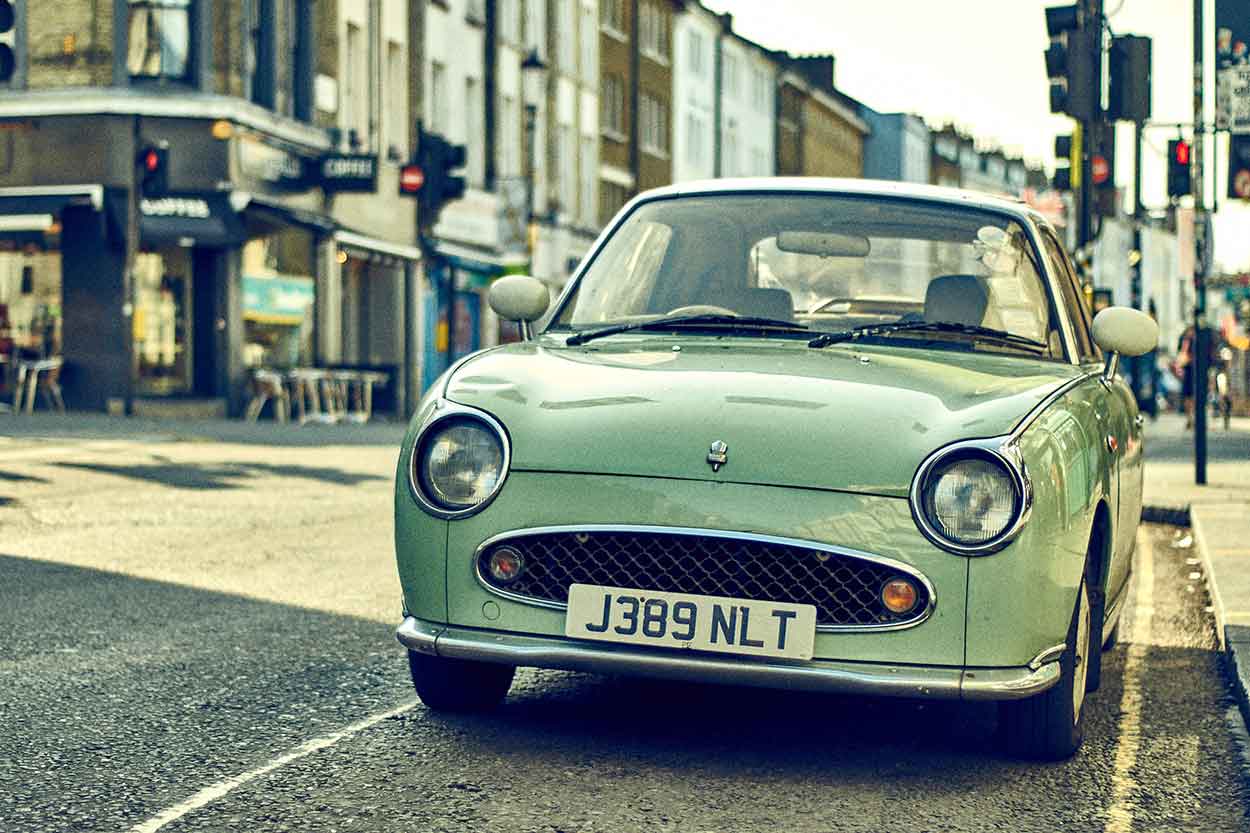Nowadays it’s almost impossible to imagine a car without a licensed number plate fastened onto the front and back of it. However, there was a time when we drove around anonymously – there were blank cars roaming the country without so much as a tyre mark and a dust cloud to know where they’d been. It was perhaps for this reason that the government brought in licensed plates, over a century ago.
It was the Motor Act of 1903 that stated every car must display a licensed number plate, and by the following year 1904, almost every car in the UK had abided by the new law. They were used to keep an official vehicle register of cars, in case of accidents (or more scandalously) to catch criminals. The number plates at this time consisted of a simple format – a one/two-letter code followed by a number between 1 and 9999. The letter code was used to identify the area the owner was registered, for example, if you lived in London your code was ‘A’, if you lived in Lancashire your code was ‘B’, Yorkshire was identified as ‘C’ and Hampshire as ‘AA’. The following number was personal to your address.
However, this system soon began to run out of combinations as the number of cars increased, and by 1932 a new system was introduced. Instead of two letters and four following numbers, three letters and three numbers were used. As you might imagine, this updated and improved system didn’t last long either and a new version was added in the 1950s to expand the options once more. However, it is the license plates from the earlier eras which gain most interest from car collectors and enthusiasts, becoming the most expensive plates to be bought in the UK. The original formatted license number, ‘25 O’, is the most expensive, coming in at a hefty price of £518,480 – it was bought by a car collector who wanted to place the plate on his classic Ferrari 250 GT.
The personalised number plate industry has sky-rocketed in recent years, with lots of car owners opting for the personal touch that your own number plate design can bring your vehicle. For those that this doesn’t appeal to, don’t worry – the number plate system that we currently have in place means that your number plate is truly an original. The system should provide entirely unique number plates until 2099. It’s surprising that not many people know how it works, so here’s a breakdown of the number plate: BD51SMR.
The beginning two letters are your area code, which indicate where the car was originally registered to. BD, for example, means the car was originally registered in an area in Birmingham.
The following two letters indicate the year the car was issued. If the car was issued between March and August in the year, the two digits are the year itself (i.e. ‘12’ would indicate a car issued between March and August 2012). If the car was issued between September and February, 50 is added to the two digits (i.e. our example above was issued between September and February 2001).
The final three letters are randomised – simple.
So, there you have it, a history of the licensed number plate. We’ve come a long way from the simple structures we had over a century ago, creating more complex ways of making sure that we know who’s driving what car. We’ve even taken it one step further when it comes to designing our own unique numbers for our car plates. The future of the licensed number plate is unclear, but what is for sure is that the people devising the first system back in 1903 would never have imagined it would have come so far.
Require more help?
Got a question you can’t find the answer to, or need some advice and guidance around taking out car finance? Our Car Credit Specialists are friendly, experienced, and here to help so get in touch today!



